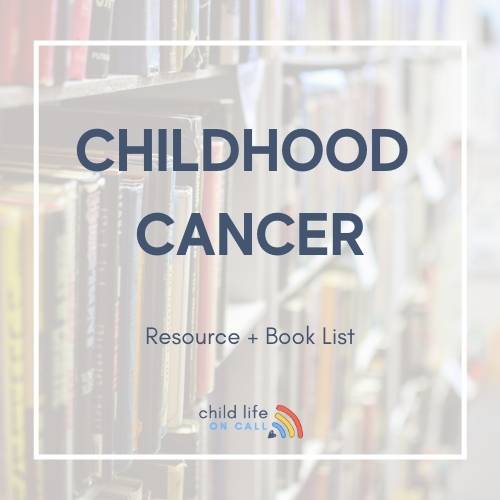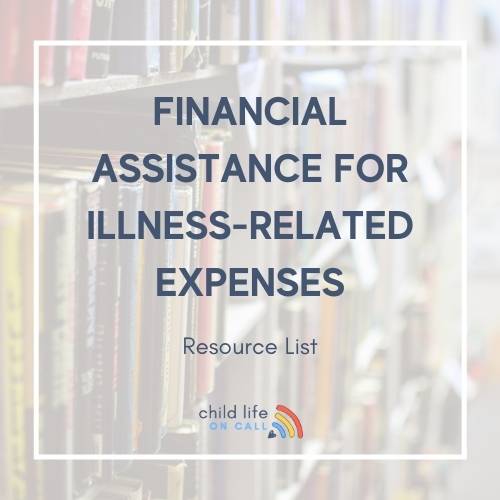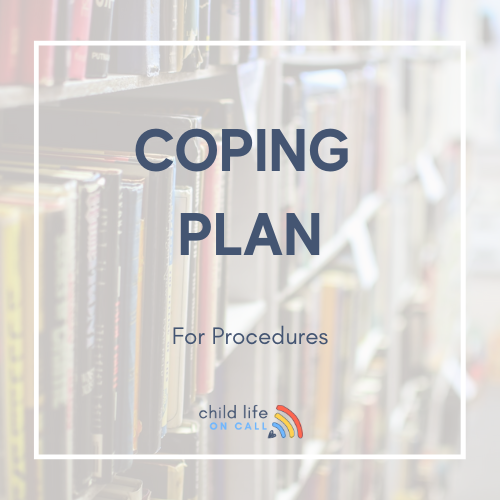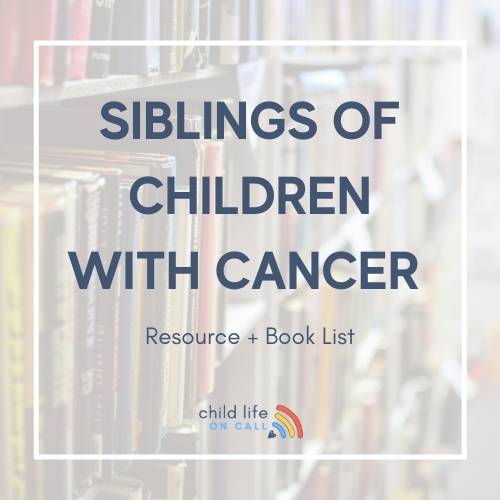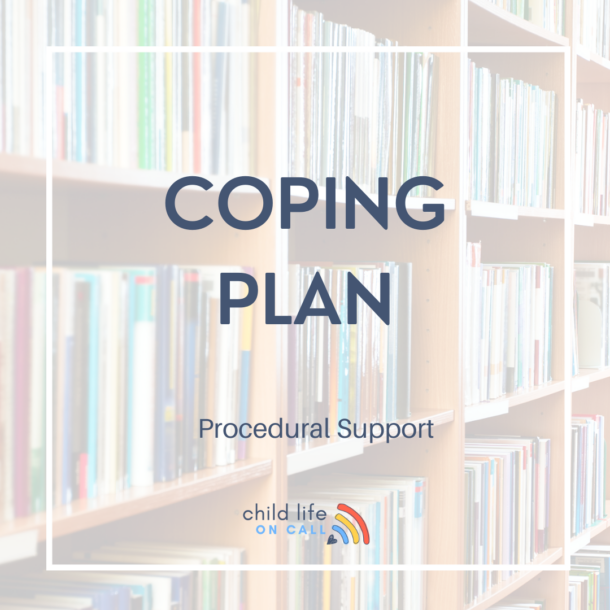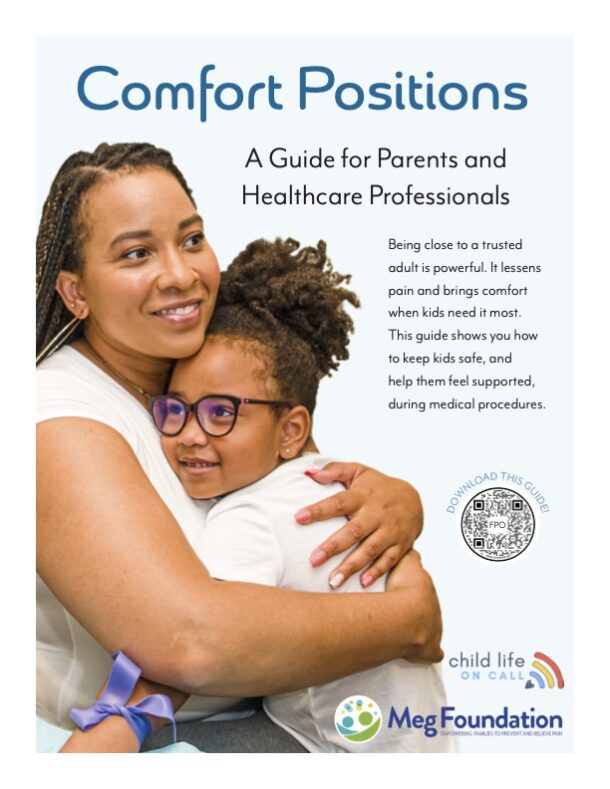Today’s guest is Erin Prosser, an IEP expert consultant and a mom of a daughter diagnosed with STXBP1. "You don't see it coming. Being a rare disease parent hits you like a ton of bricks." In today's episode Katie Taylor had the chance to speak with Erin Prosser, an...
Episode 97 | Samarrah’s Story: A Son with an Ependymoma Brain Tumor
Podcast Show Notes
My guest today, Samarrah, is sharing her story about her son being diagnosed with a brain tumor. I encourage you to be present as you listen to her story and take the wisdom she is offering.
In this episode, we talk about…
[1:49] Introducing Samarrah and her family
Samarrah lives in Massachusetts, north of Boston, with her husband, eight-year-old daughter, and five-year-old son. She is very grateful to live where she does, as there are lots of resources available to her family because of the amazing medical care in the area. Looking back, Samarrah sees the silver linings in their location and in having their family close by.
[2:53] Getting the diagnosis of an ependymoma brain tumor
Right before her son turned two, they were at the playground and Samarrah noticed he was tripping frequently. This was very unusual for him, as he was typically a very active and coordinated child. She also noticed that his head was slightly tilted to the side, and she felt like something wasn’t right. Samarrah took her son to the doctor that afternoon, and while he said it probably wasn’t a big deal, he sent them for an MRI to be on the safe side and rule things out.That scan showed that her son had a brain tumor, which was of course an unexpected finding. That moment changed things forever, and at the time Samarrah felt like it was the end of the world.
From that moment on everything was very fast-paced. Her son was diagnosed with a tumor called an ependymoma, and the doctors scheduled him for surgery. It was toward the end of November, and they advised Samarrah to go home and enjoy Thanksgiving before the surgery the following week.They tried to have as normal a holiday as possible, but it was surreal. They were trying to process a lot, and they wondered if this was the last time they would see him.
[6:19] Processing the brain tumor diagnosis
Samarrah was home with her daughter while her husband took her son to the hospital for his initial scan. They went in around five or six o’clock in the evening, and they didn’t get the results until around two or three in the morning. Her husband delivered the news to her on the phone, and he was trying to think through everything both as a parent and in his role as a physician. Samarrah couldn’t believe the news, and she recalls that it was really difficult not to be able to process everything in person with her husband.
The next morning, Samarrah had to find someone to watch her daughter so she could join her husband and her son at the hospital. He was never alone at the hospital – one or both of his parents were there for weeks.
[8:44} Treatment for ependymoma
Her son was in the hospital for around three weeks. After the surgery, they wanted to start treatment as soon as possible. He needed to be strong enough to withstand it, so around mid to late December they got out of the hospital and started his six weeks of radiation in January. He did not do well in the hospital, and he stopped talking between the surgery and when he got home. Post-surgery he couldn’t sit up, and he couldn’t hold his head up. He couldn’t swallow, and he had a feeding tube. Samarrah describes it as him going back to infancy. She was sure he was experiencing pain and discomfort, but he couldn’t tell them. Of course, he also couldn’t express his psychological pain.
Over the following year, his skills started to come back. He could hold up his neck, and he was able to pull himself up to stand. He could sit up by himself. It was like all his baby milestones were happening again, and Samarrah and her husband didn’t know when he would reach them as part of his recovery. There was a lot of uncertainty, but a lot of joy when he made progress. They were so grateful that he survived the surgery, and thrilled when he showed signs of returning to the boy that they knew. He still has some skill deficits, but he has really caught up in a way that his parents never expected. He can swallow, eat, and talk, and they will never take those things for granted having lost them in the past.
[12:43] The role of parents in a child’s cancer treatment
Samarrah shares that the first thing her husband did was take out his medical textbooks about the brain. They both tried to educate themselves, because even her son’s pediatrician had never seen an ependymoma in the practice. It is a relatively uncommon tumor, and so they wanted to be knowledgeable about the science and the anatomy behind the condition.
Her husband, as the physician, then jumped into the research on what was being done for treatment. He created a database containing a lot of the information, and he is now somewhat of an expert in this area. Knowing that he was focused on that aspect gave Samarrah a lot of peace. She feels like if anyone is going to solve something like this, it’s going to be someone like him because they have skin in the game. Both Samarrah and her husband went to all of their son’s appointments. Although Samarrah doesn’t have a medical background (she is a social worker), she feels pretty well-versed in ependymoma at this point. There is so little information out there, so it was manageable for them to read up on it and educate themselves.
[15:32] Finding support and community
For the first 6-12 months after her son’s diagnosis, Samarrah says that she was on autopilot and just trying to survive. She is a social worker and knows the importance of connections, so she did reach out to the social workers and child life specialists on the hospital staff. They were always really helpful when her son was in the hospital. Samarrah also started to look for support groups. While there wasn’t much available locally, she found a strong online community and got involved in that. She spoke to someone on the phone early on, and just knowing that there was another “ependymoma mom” out there was helpful.
Looking back, Samarrah knows that it was an important process to call on other people. At one point, she wanted her son to see a therapist as he got a little older to process some of this. She can help others, but at some point she had to turn the “social worker” part of herself off and focus on being “mom”. She would start to feel overwhelmed, and she knew she had to prioritize being her children’s mother because that is really what they needed.
[19:13] How Samarrah’s daughter handled the situation
Samarrah’s daughter was four years old at the time her younger brother was diagnosed with brain cancer. She was in preschool, but there was an intense flu going around so they kept her out of school for around six weeks while he was getting treatment. If he got sick, they would stop the treatment. So that was really hard for her, because there were a lot of changes happening all at once. Her daughter is very close to Samarrah and her husband, so to have one of them not at the house every night was difficult. Samarrah worked really hard to have special time with her daughter when she was home, and to have other relatives she was close with have special time with her when Samarrah wasn’t home.
They tried to make it as normal for their daughter as possible, but it wasn’t normal. Samarrah wrote a book that grew out of this experience, because she was trying to find tools for her daughter to help explain what she was going through. Samarrah describes her daughter as a “very big feeler”. She needs to kind of chew on things before she will verbalize anything. Samarrah knew she needed something to draw out the words so they could have a conversation about what the family was experiencing.
Ultimately, Samarrah wrote a book to help her daughter understand that kids get sick, go to the hospital, and sometimes they get better. It also focused on the idea that the hospital doesn’t have to be a scary place. When they could, they would bring her to the hospital to visit her brother. Once the book came out, Samarrah’s children both enjoyed looking at it. At one point her daughter asked if that was kind of like what had happened to her brother, so she did pick up on the similarity to their experience. Samarrah wanted to normalize it and to decrease children’s fear around illness and the hospital. It certainly helped her daughter to talk about it. Her son didn’t want to dive deep with it, and that is fine as well. He commented on the pretty pictures and the colors. Kids will take away from it what they need at the moment. Her son was more interested in playing with his doctor’s kit and doctoring his teddy bears. That is how he wanted to process his experience.
Samarrah’s book is called ‘Will Jax be Home for Thanksgiving?’ and you can find it here.
[23:21] What helped Samarrah to cope with her son’s diagnosis and treatment
First, Samarrah gives credit to her family. Seeing her daughter, her husband and her son pull together was so important. Samarrah was motivated to keep their lives as normal as possible. She hoped that her son would recover and that he could have as good a life as he can for as long as he can.
In addition, Samarrah is very aware that we are not guaranteed more time in this life. If she is breathing, she wants to get up and face the day. Not that there aren’t challenges. It’s not always easy. But it keeps her going to know that she has a choice. She could give up, and certainly she has days when she feels like pulling the covers over her head. It’s not that the feeling isn’t there, but she chooses to be as present as she can and do the best she can.
Samarrah really tries to be in the moment as much as possible. Exercise helps with that for her, as does meditation. She had a strong yoga meditation practice before this whole experience that has continued. Whatever it is for each person, it is important to have something that brings you into the present. The second she starts to worry about the future (Will he make it to high school? Will he get his driver’s license?) it feels like too much. It doesn’t do much for anyone to get into that head space.
She tries to get sleep when she can, although that is still a challenge for her. She doesn’t sleep well anymore since her son’s diagnosis, but she is trying to fix it.
[26:59] What Samarrah’s son has taught her throughout this process
Samarrah shares that her son has such a positive and strong personality and attitude. He is positive no matter what. He treats going to the hospital for his scans and appointments as if he’s going to his own personal playhouse. He has such a joy, an energy, and a zest for life. Samarrah really respects this about her son, and she hopes to do the same. “It’s like, nothing cn stop him,” she says. “Nothing has.”
[28:06] The importance of a high-quality hospital experience and medical team
It is really a testament to his hospital and team that he had such a positive experience. He was treated at Children’s Hospital in Boston for his surgery, went to Massachusetts General Hospital for his radiation, and is followed at Dana Farber Jimmy Fund which is affiliated with Children’s.
The radiation treatment was five days a week for six weeks, and it was the middle of winter. They would drive there in horrible weather early in the morning, and he had to be sedated because he was so young and he had to be still. So he had anesthesia basically for six weeks straight. When he would show up, there would always be toys to play with and the medical team was amazing. Samarrah could tell that they really cared, and she felt like he was in good hands.
[29:43] How Samarrah plans to help her son process this experience
Samarrah’s son is five now, and he has no memory of the surgery or the radiation. They do go for quarterly scans, but in a way he has kind of moved past it. They talk about it at times, and Samarrah plans to continue to do so as much as he wants and is helpful to him. As he gets older, he may have more questions and Samarrah plans to be open and process with him as needed.
[31:15] Life post-diagnosis
Samarrah wants other parents to know that they are not alone. It can feel very lonely to hear a diagnosis like this for your child, but the more you reach out and connect to people who have been through something similar, the more community support you can find.
When you hear this difficult news, it feels like life could never go on. It might not look like what you expected, and you probably cannot even plan for what it will look like, but it always does go on – and that is a gift.
[32:23] Samarrah’s book and the foundation she and her husband created to support ependymoma research
Samarrah and her husband created a foundation to support ependymoma research, and all the profit from the book goes directly to the foundation to support that research. It is called the Ependymoma Research Foundation. You can find the book on the website.
Connect with Samarrah:
Have you heard? The Child Life On Call mobile app for parents, kids and their care team will be available in 2022. Sign up to stay informed here
Child Life On Call is a community of parents and professionals that share ideas, stories and resources to help YOU navigate your child’s unique experiences. We give you strategies to support yourself and your family through life’s challenges. We are so glad you are here.
Child Life On Call | Instagram | Facebook | Twitter
You Might Also Like…
216: How to talk with Kids about Child Abuse – Jane’s Story [Repost]
April is Child Abuse Prevention Awareness Month. We have reposted this episode to bring awareness and give you tangible tools to speak with your kids about child abuse. Today’s guest expert is Jane Donovan, who is a child abuse prevention advocate. "And like we say in...
215: Ruptured Appendix: Emergent Surgery, 6 Days in the Hospital & Struggles to Discharge
"I've learned so much in this whole process. It's like you have a depth inside of you that resurrects as an advocate and high alert, and it lives inside of you when you need it." -Aspen, Willa's Mom In this episode of Child Life On Call, host Katie Taylor and guest...

